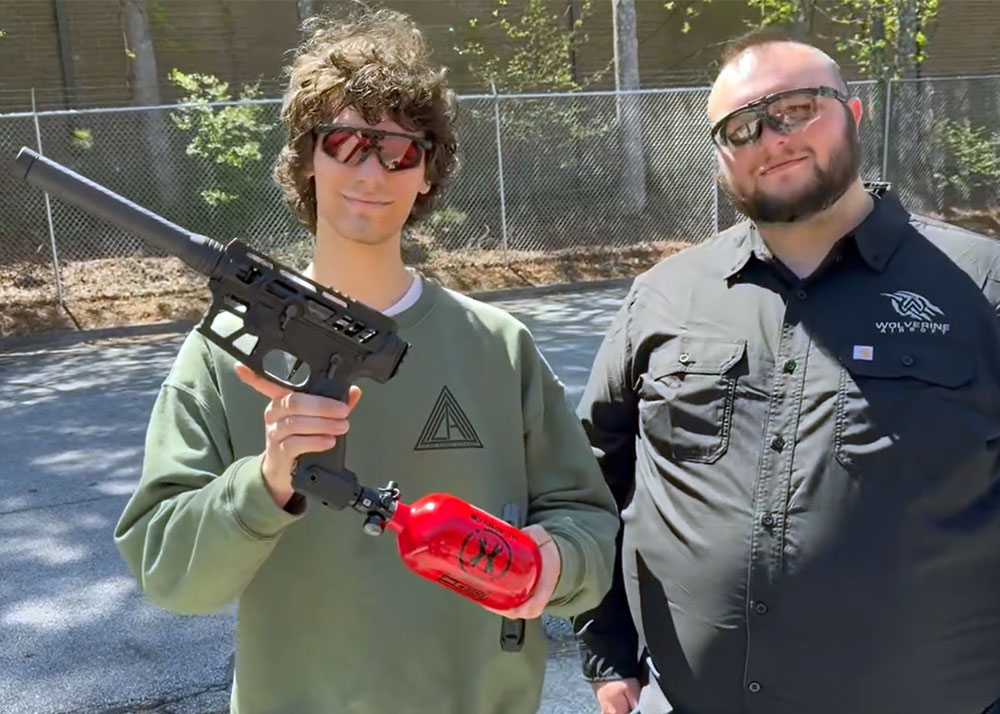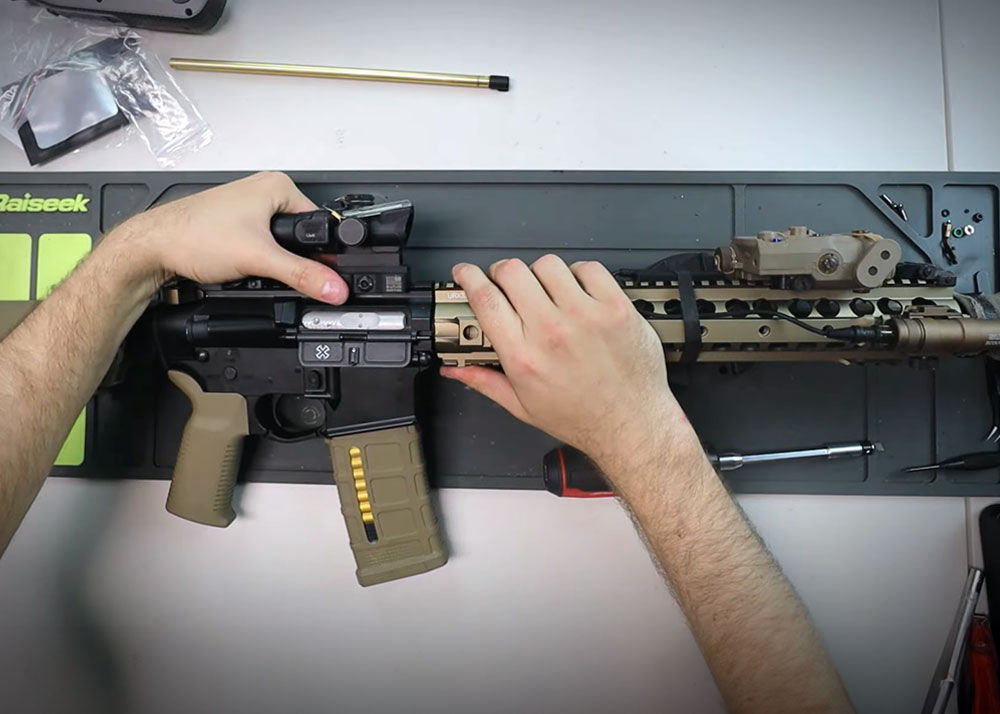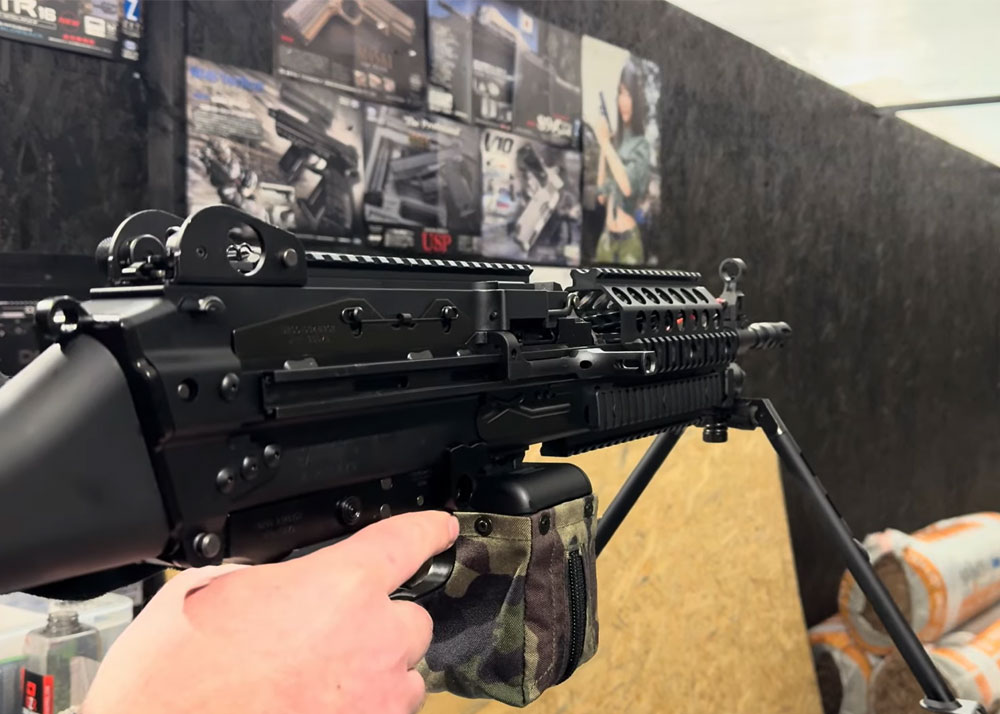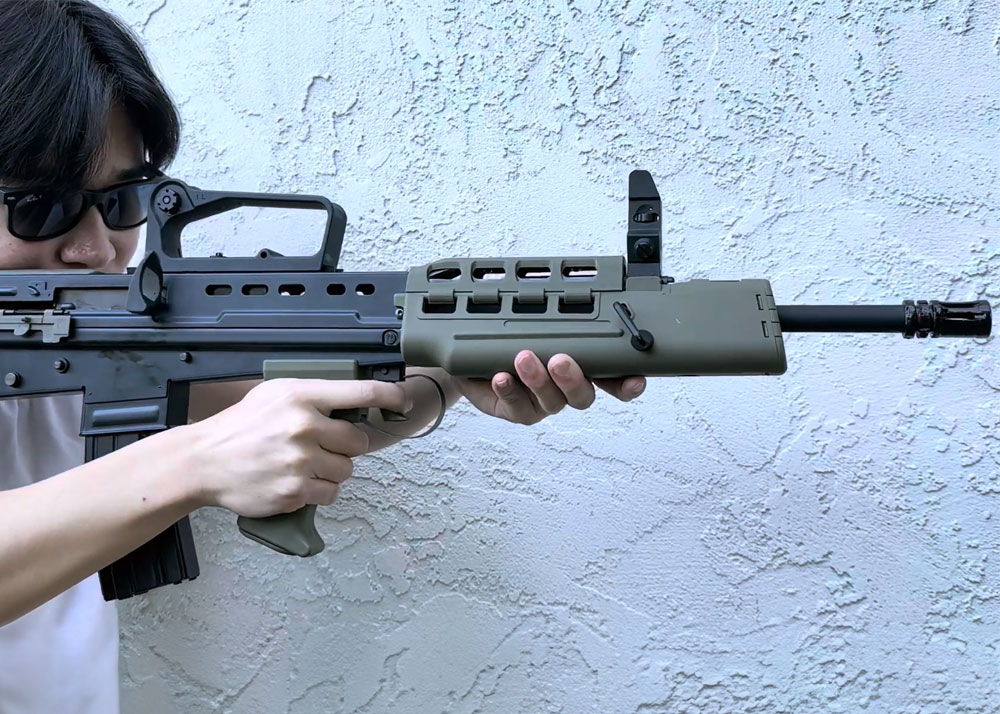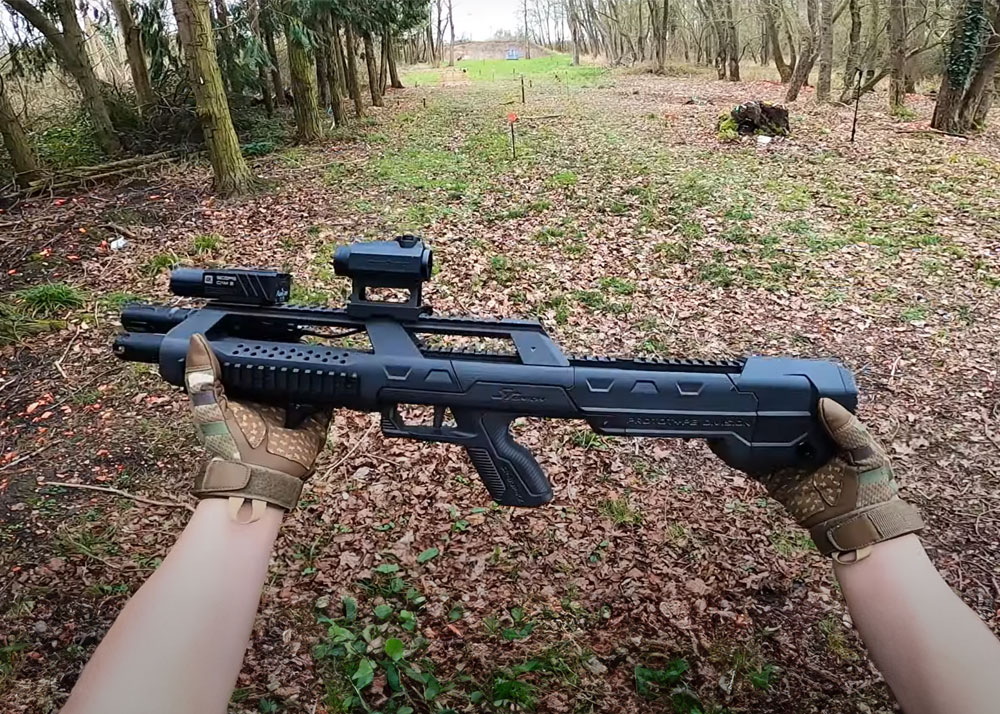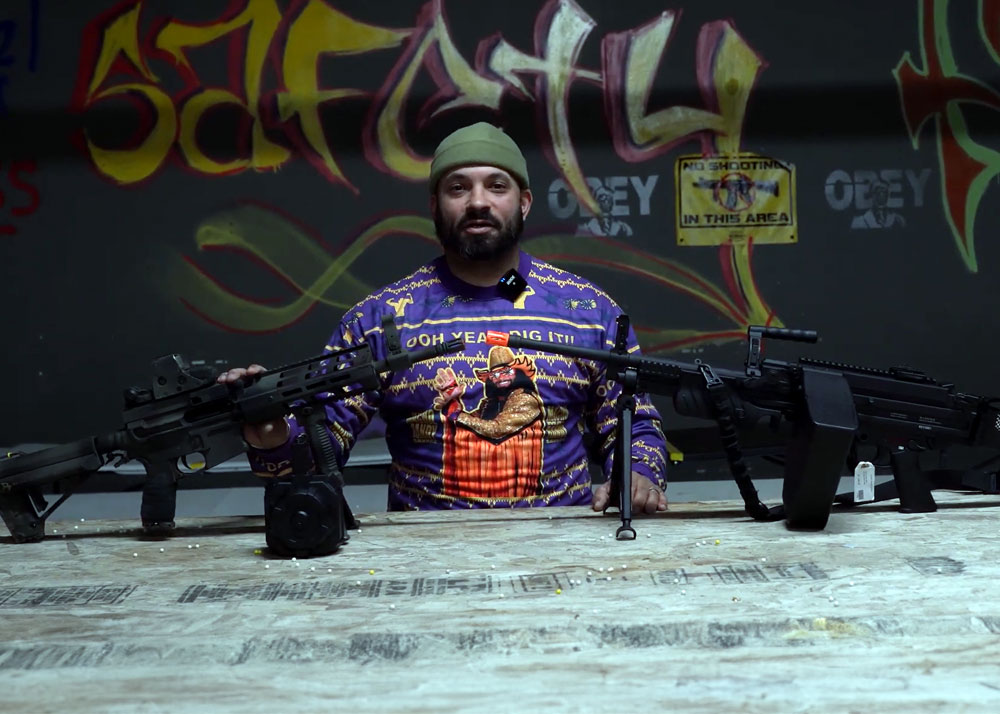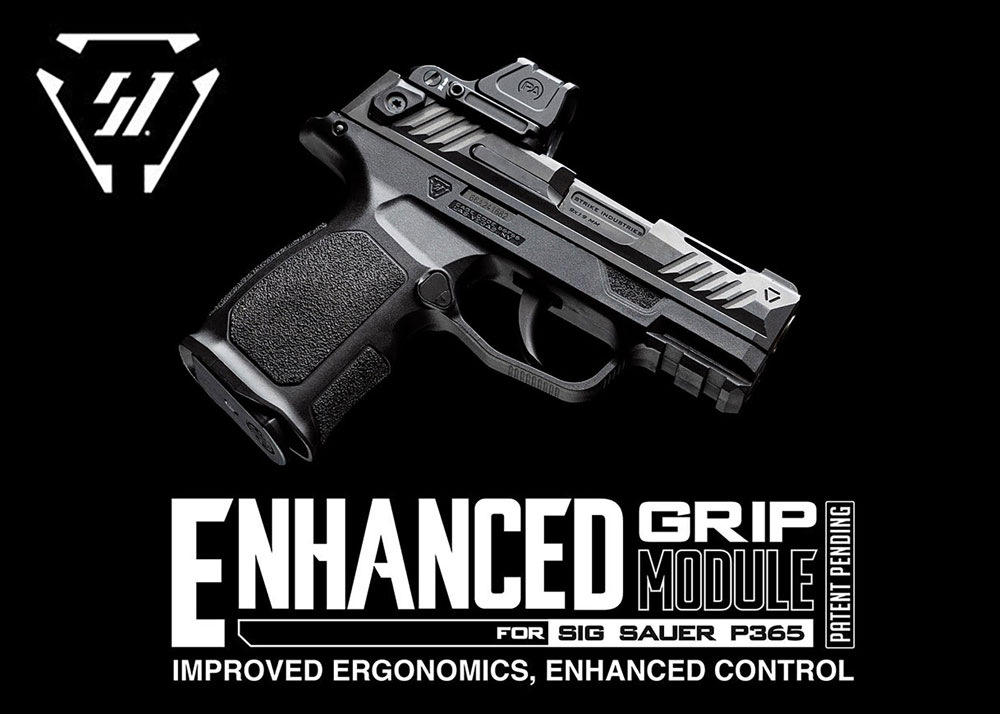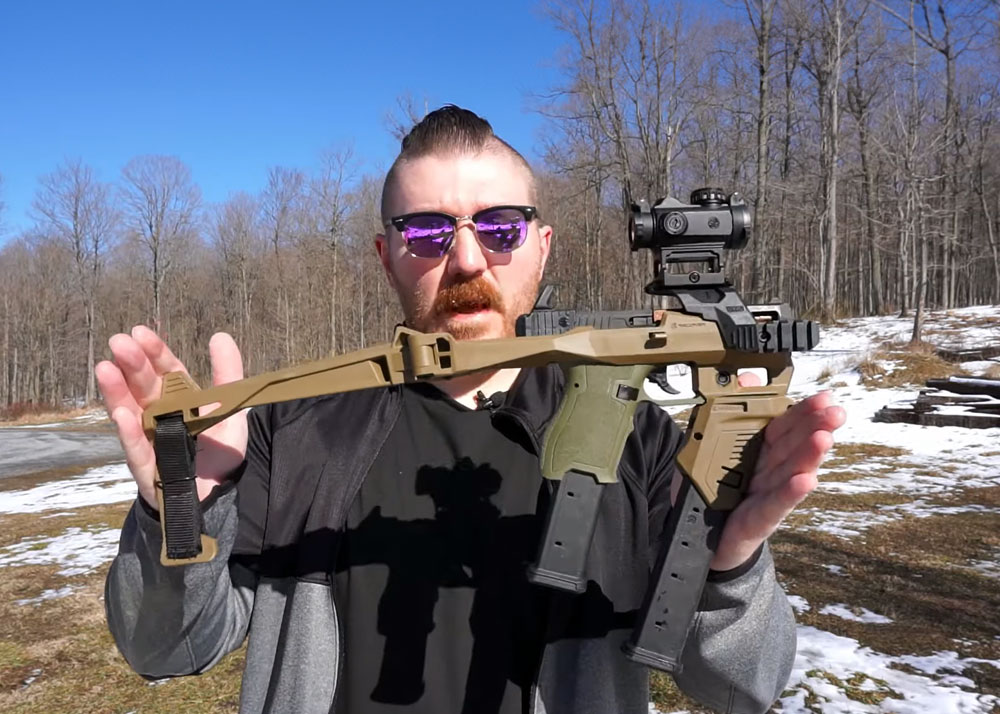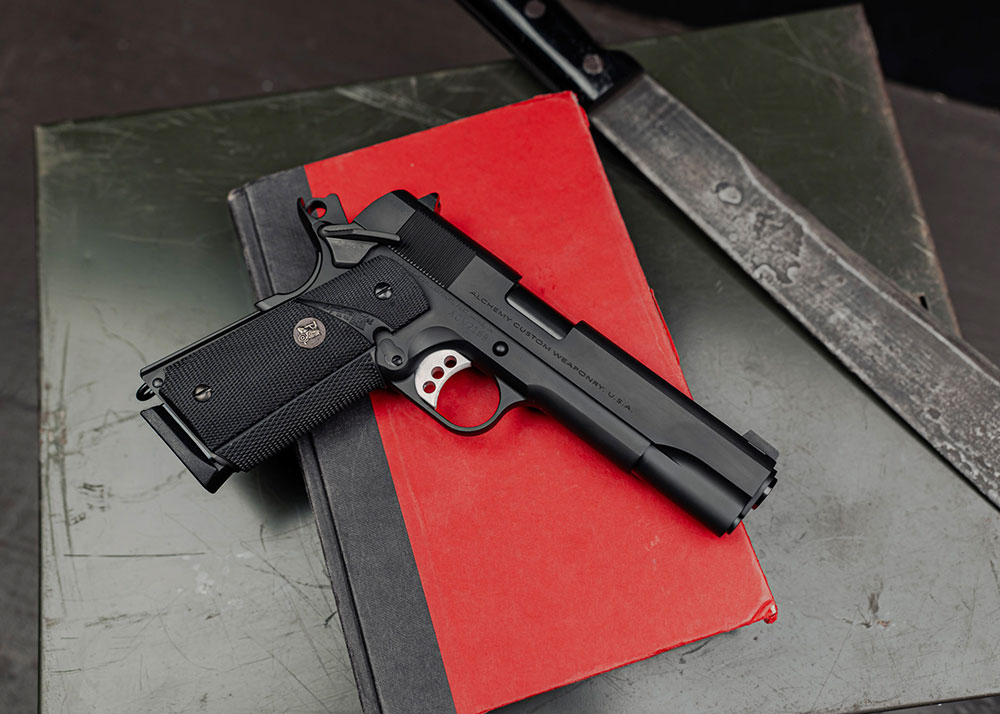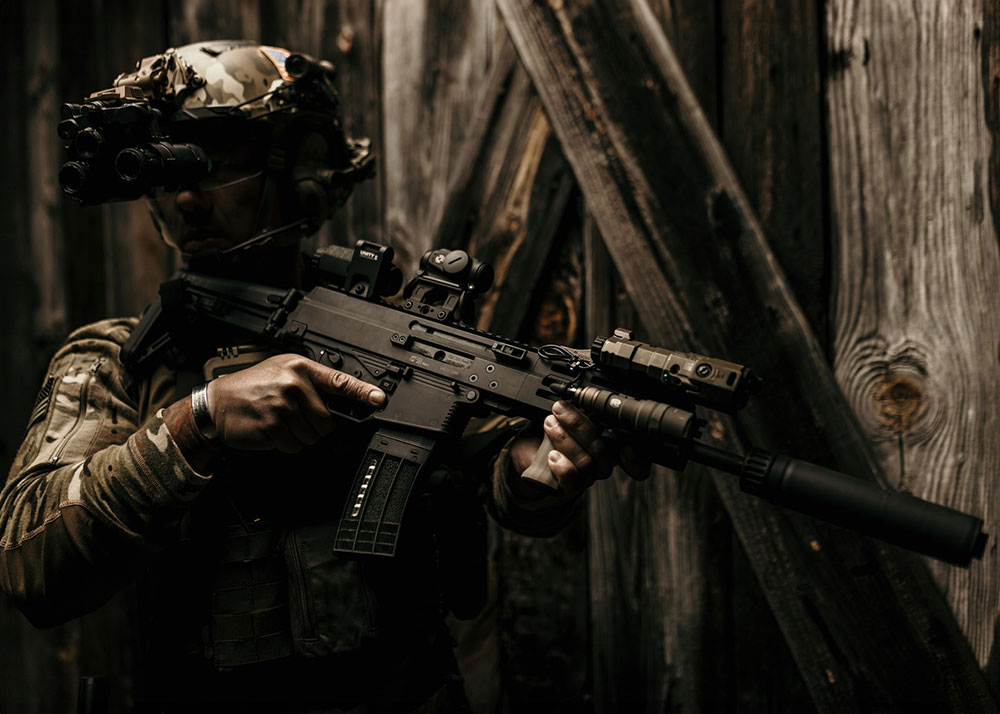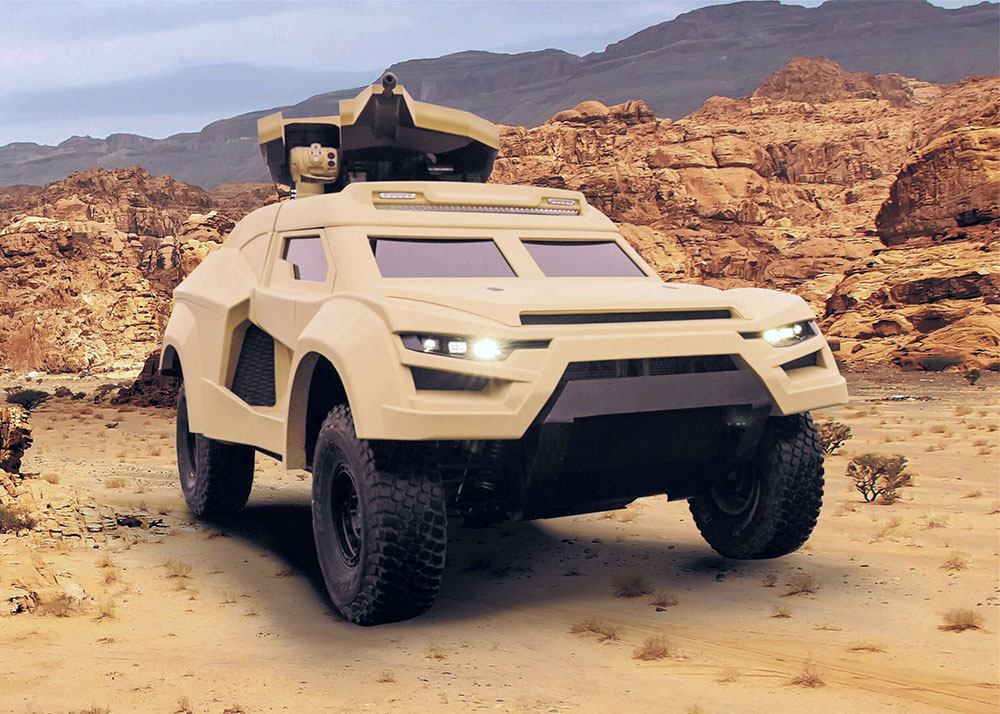Do You Want To Have Your Own Military-Grade UAV? Print One
Gungho Cowboy
17 Sep 2014
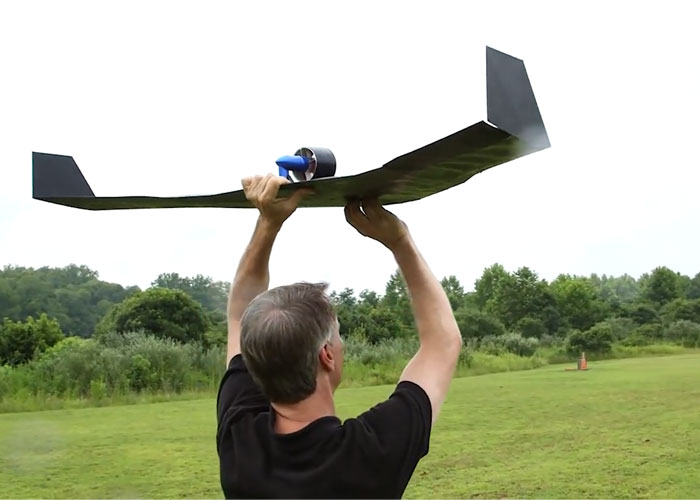
That’s what a team from the University of Virginia (U.Va.) did, creating the 3D Printed UAV called the Razor. With a lot of things now being printed out using 3D printers such as spare products, figurines, food, and with plans to event print out human tissue and organs, we weren't surprised to read news that someone printed out a military-grade drone.
The Razor UAV is a project led by Professor David Sheffler after they were asked by Mitre Corporation to make one after he previously built a jet-engine using 3D printing. The challenge for Sheffler and his team was to create a drone that has the same capabilities as some of those in service with the U.S. Military that can be built with a 3D printer using existing technologies using commercial off the shell products (COTS).
Such approach would allow any military unit to put together a UAV in no time by using what is available in the market rather than depending on proprietary technologies which is predominant in the defence sector, leading to more expensive systems. The components used in the RAZOR UAV, which is a flying wing design, are cheap enough --- they use the Google Nexus LTE Smartphone as the central processer (any Android device with the latest firmware can be used too), and other components that may have been purchased from the nearest Radio Shack store.
They can build the UAV in just about over 24 hours and can be adjusted in size to take on a larger payload such as larger sensor and camera package. Even better it can take in larger battery packs for longer flight times. But 3D printing will never replace mass production facilities where more UAVs can be churned out faster. In this case, 3D printing is more for rapid prototyping or on a per need basis.
Speaking on a per need basis, the U.S. military are planning to equip units with 3D printers when they are deployed. This allows the support people to repair equipment by printing out the parts on the spot rather than wait for the next resupply and even food that will be needed for particular mission requirements. The 3D printers can also help them do improvisation by printing out solutions to help soldiers in a particular solution right there and then. If successful such designs can be digitally transmitted to HQ for further improvement and mass production.
Unfortunately, the U.Va Razor UAV 3D designs is not available to download by anyone. But we foresee in the future that such designs similar to the Razor will be available as 3D printers become more widespread. An example of this is the 3D Printed Gun which was controversial project as its design was released in the spirit of open source.
We actually are looking forward to see some drone hobbyists who do some 3D printing design to release such files to the public in an open source repository. This way, airsoft players who want to put together their own drone with a mounted camera to record the airsoft action, can create several, rather than use some of the more expensive commercial drones out there. Apart from that 3D printers can help you manufacture those hard to find airsoft spare parts, making your investment in one worthwhile.

